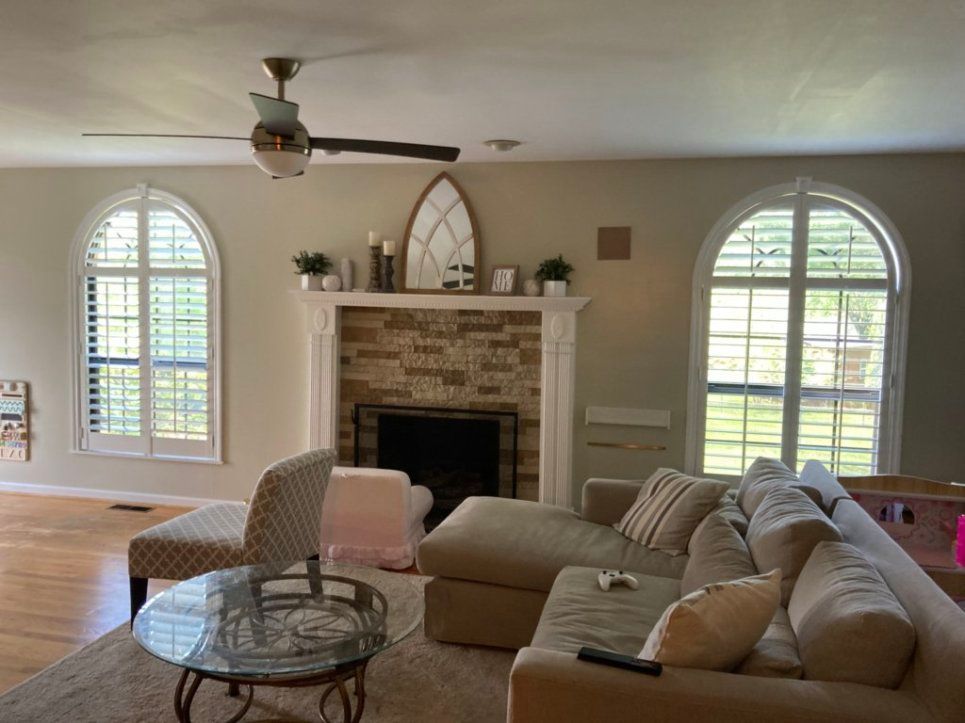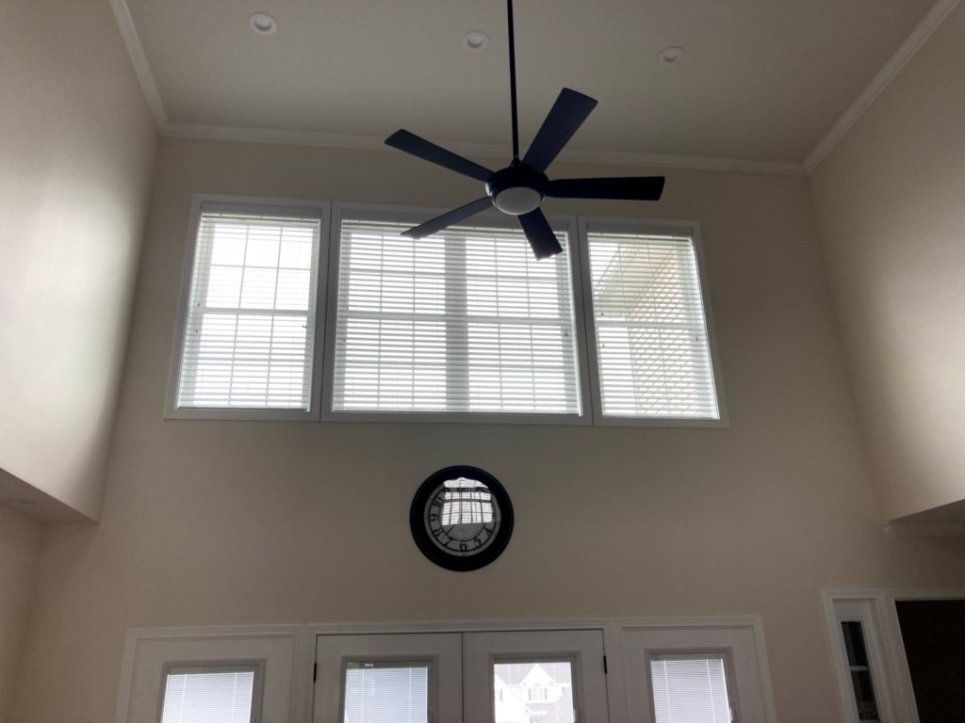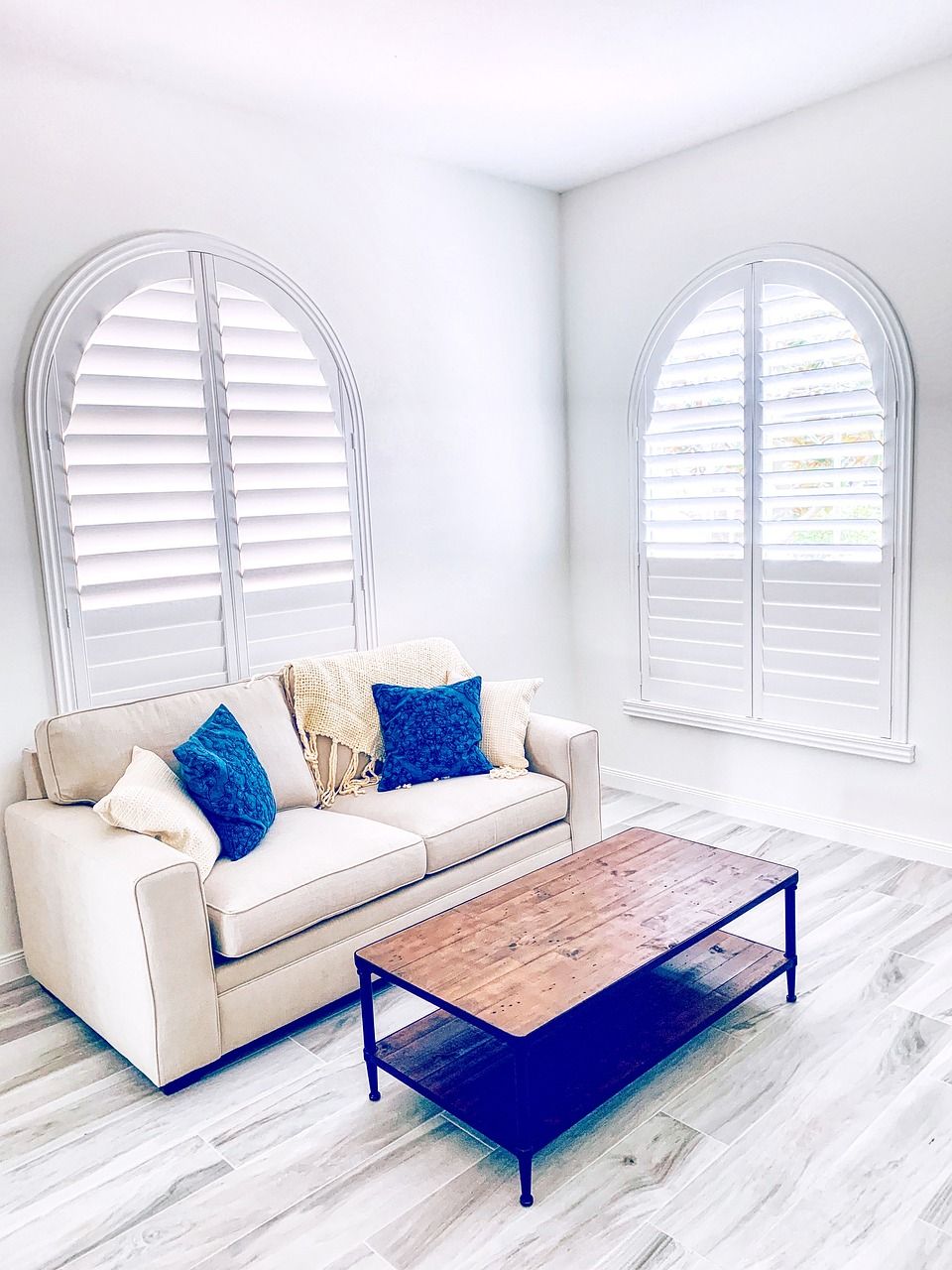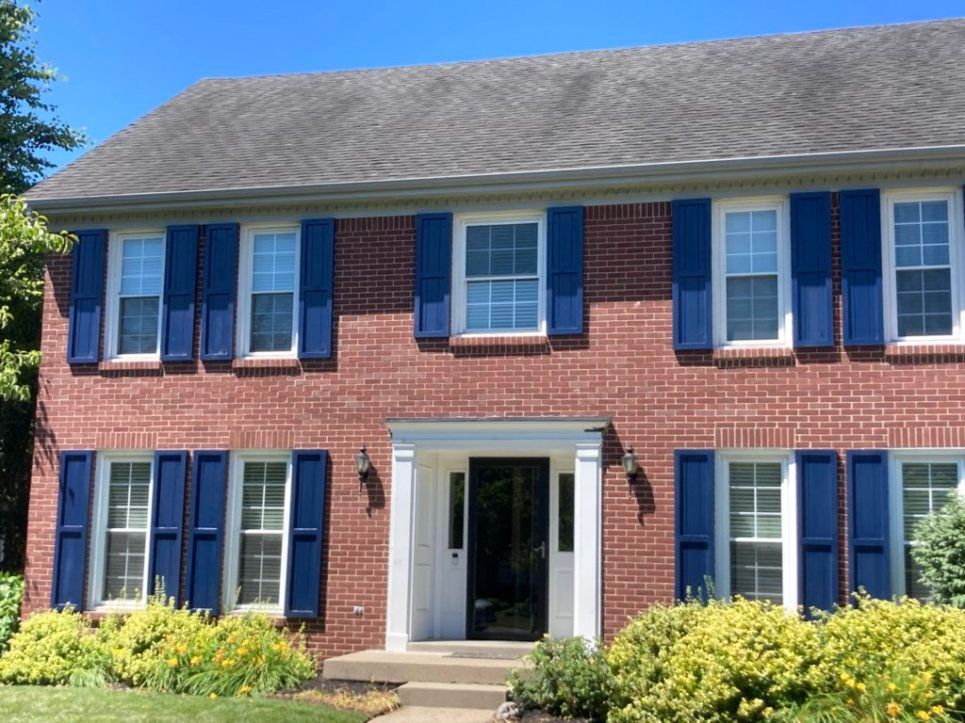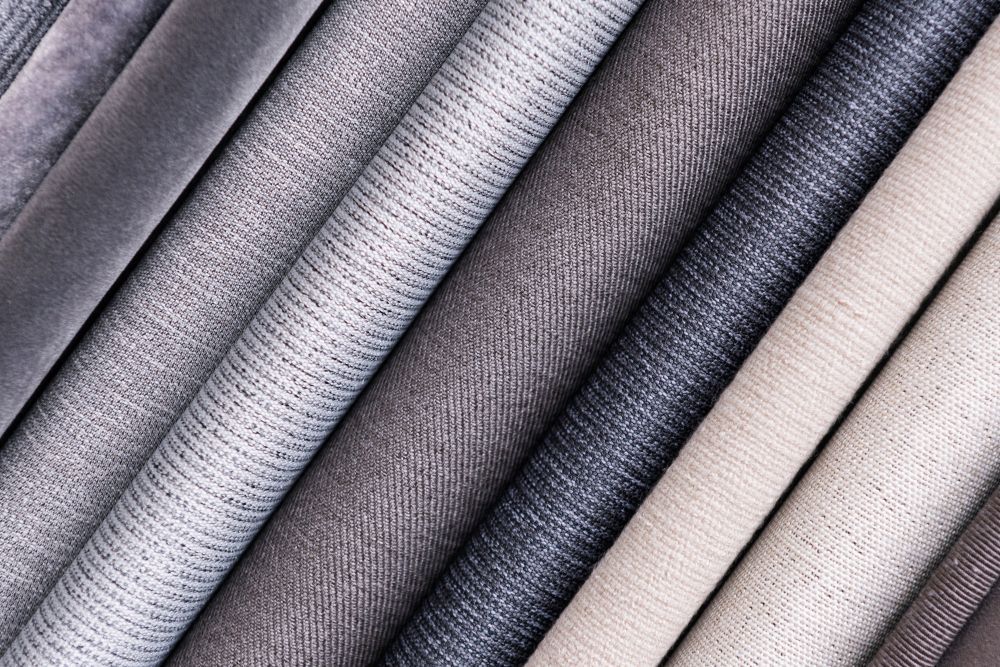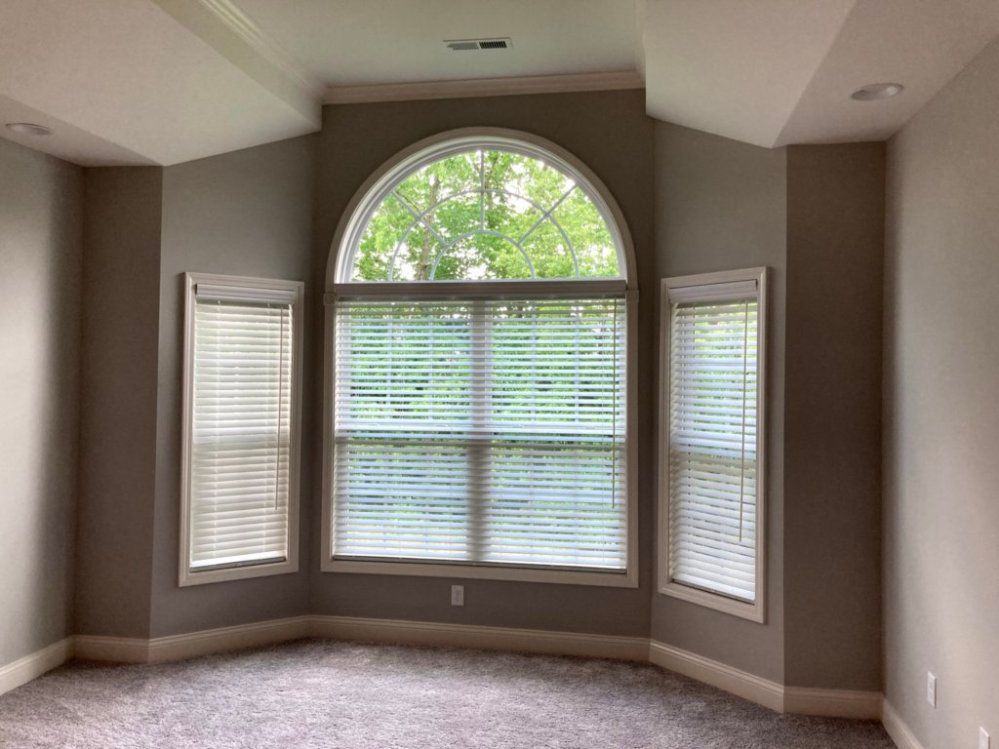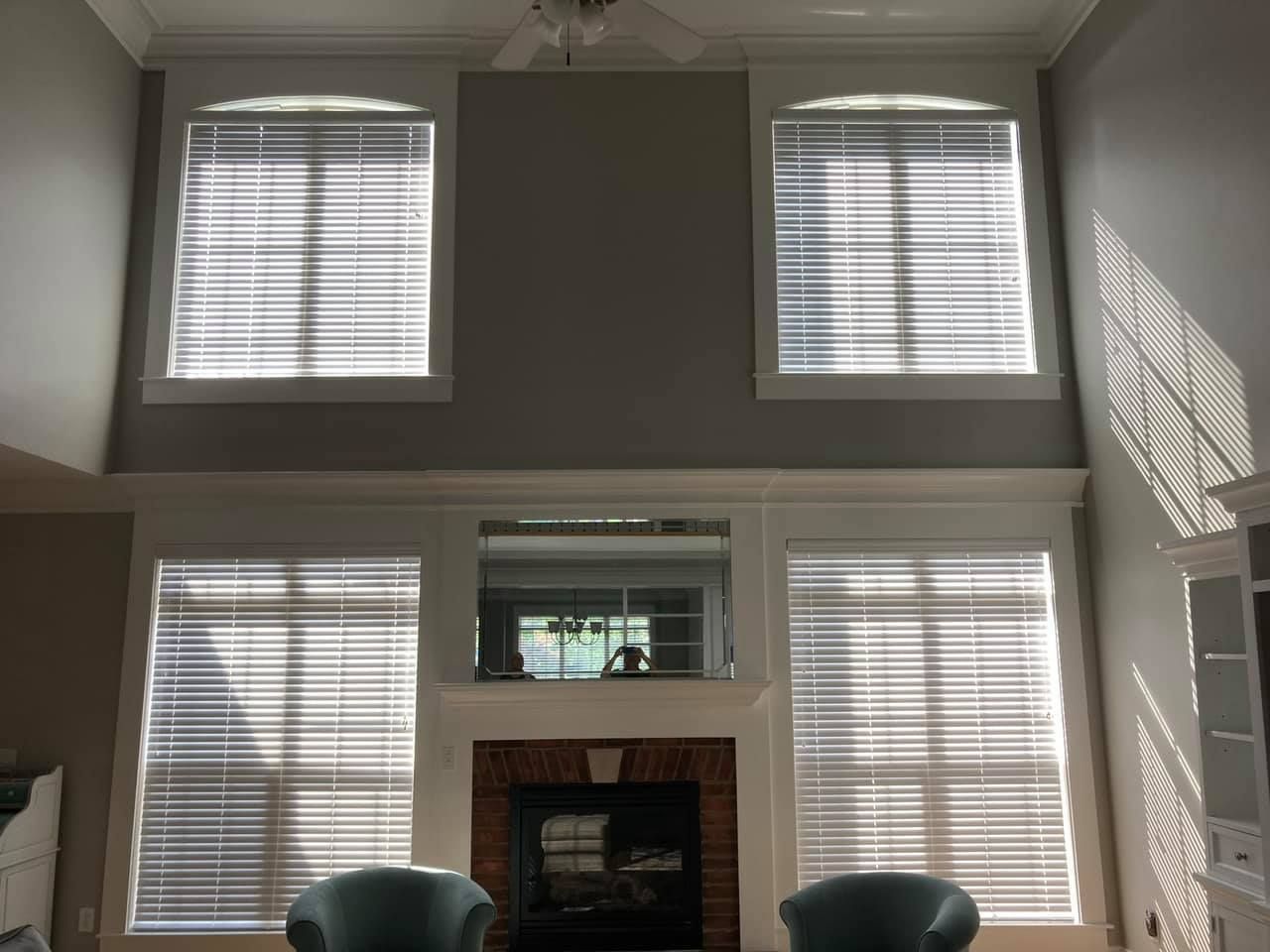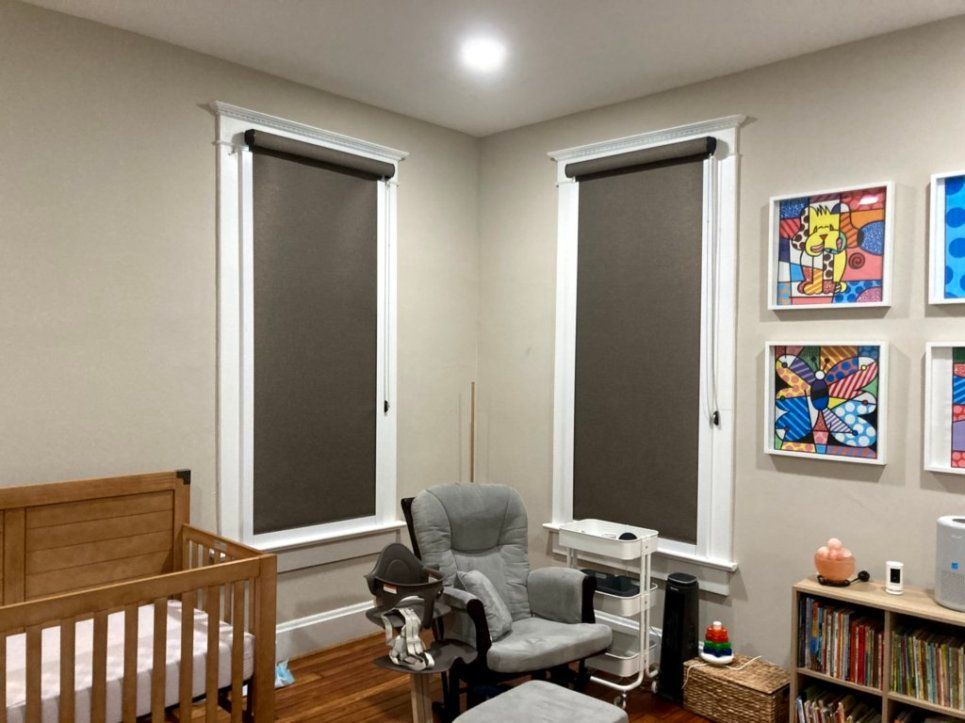How to Choose Blinds That Truly Meet Your Needs in Lexington, KY
February 9, 2024
Introduction
Choosing blinds for your home isn’t just about selecting a color or style—it's about finding the right treatment that addresses your specific needs. Whether it’s allergies, bright sunlight, safety for pets or children, or integrating with a smart home system—how you live matters. In this guide, you’ll learn how to assess your requirements, evaluate blind options, and make a choice that fits both function and aesthetic in Lexington, KY.
Identifying Your Unique Needs
Before browsing styles and swatches, the most important step is to understand the challenges and priorities in your home.
Key questions to ask
- Do any family members suffer from allergies or respiratory sensitivities?
- How much direct sun does each room receive—especially in the afternoon?
- Are there pets or young children who need safe, durable blinds?
- Do you want blinds that integrate with your smart home or motorized systems?
- Is insulation or energy efficiency a priority for certain rooms?
By answering these questions, you’ll form a clear checklist of what you need the blinds to do rather than just look like.
Matching the Right Blind Features to Your Needs
Once you know what you want to solve, you can map each need to the appropriate blind features and types.
Allergy and Dust Control
If allergies are a concern:
- Choose materials that resist dust buildup (e.g., faux-wood or vinyl slats rather than fabric).
- Avoid bulky hardware or heavy drapery that's harder to clean.
- Consider cordless or motorized options that reduce fabric contact and make cleaning easier.
Light Sensitivity & Thermal Comfort
For rooms with intense sun or heat gain/loss:
- Opt for blinds with light-filtering or blackout options depending on the room use.
- Cellular or honeycomb blinds trap air and help with insulation (reducing heating/cooling load).
- For high-sun rooms, choose materials and finishes that reflect or block UV.
Child & Pet Safety
If you have children or pets in the home:
- Choose cordless, motorized, or wand-controlled blinds to avoid dangling cords.
- Select durable materials—pets may scratch or bump blinds, kids may tug.
- Make sure installation is secure and the mechanisms are safe and smooth.
Smart Home Integration & Accessibility
For modern convenience:
- Choose blinds compatible with remote control, app control, or voice commands.
- Consider motorized options especially for tall or hard-to-reach windows.
- Ensure the system is reliable and easy to maintain.
Selecting Materials, Style & Installation Fit
After matching features to needs, now comes the look-and-fit part—choosing materials, style and how the blind will be mounted in your space.
Material and durability
- Wood: Rich look, warm feel—best for living areas, but may be more sensitive to humidity.
- Faux wood / Vinyl / Composite: Moisture-resistant and easier to maintain—great for kitchens, bathrooms or high-humidity zones.
- Aluminum / Metal: Sleek, modern, lightweight—good for narrow slats and durable use.
- Fabric shades: Soft look, lots of design flexibility—but may require more maintenance and cleaning.
Style and mounting
Decide whether you’ll mount the blinds inside the window frame (clean, built-in look) or outside the frame (covers more of the wall, may give more full-window coverage).
- Choose finishes, colors and textures that coordinate with your interior décor, trim, and furniture.
- For special window shapes (arches, angled, tall): custom sizing or specialty blinds may be necessary for a perfect fit.
Installation & long-term use
- Make sure you measure carefully (width and height in multiple spots) and note any obstructions (handles, locks, depth).
- Good installation is critical for fit, smooth operation and durability.
- Ask about warranties, mechanism quality, and ease of future maintenance.
Room-by-Room Considerations
Different rooms in your Lexington home will have distinct requirements—here’s a quick overview of how to approach each.
Bedrooms & Media Rooms
Focus on light control and privacy: blackout or near-blackout blinds are often best, especially for sleep or media use. Cordless or motorized options enhance convenience.
Living Rooms & Dining Areas
Here you’ll aim for a balance of natural light and style. Light-filtering blinds with good material and finishing can create a comfortable space without sacrificing design.
Kitchens & Bathrooms
These areas demand materials that resist moisture, steam and frequent cleaning. Faux-wood, vinyl or metal blinds are strong choices. Also consider easy operation for high-traffic use.
Tall, Hard-to-Reach or Unique-Shape Windows
For large or unusual windows: plan for motorization or custom sizing. Matching blinds across windows gives cohesiveness; automation adds ease.
Final Thoughts
Choosing blinds for your home in Lexington means going beyond just picking a fabric or color—it means aligning the choice with how you live, what your space needs, and how you want your home to feel. By identifying your needs, matching features to those needs, and selecting the right materials and styles, you’ll end up with window treatments that look great, perform well, and add long-term value. It’s a smart investment that enhances comfort, safety and design in your home.
